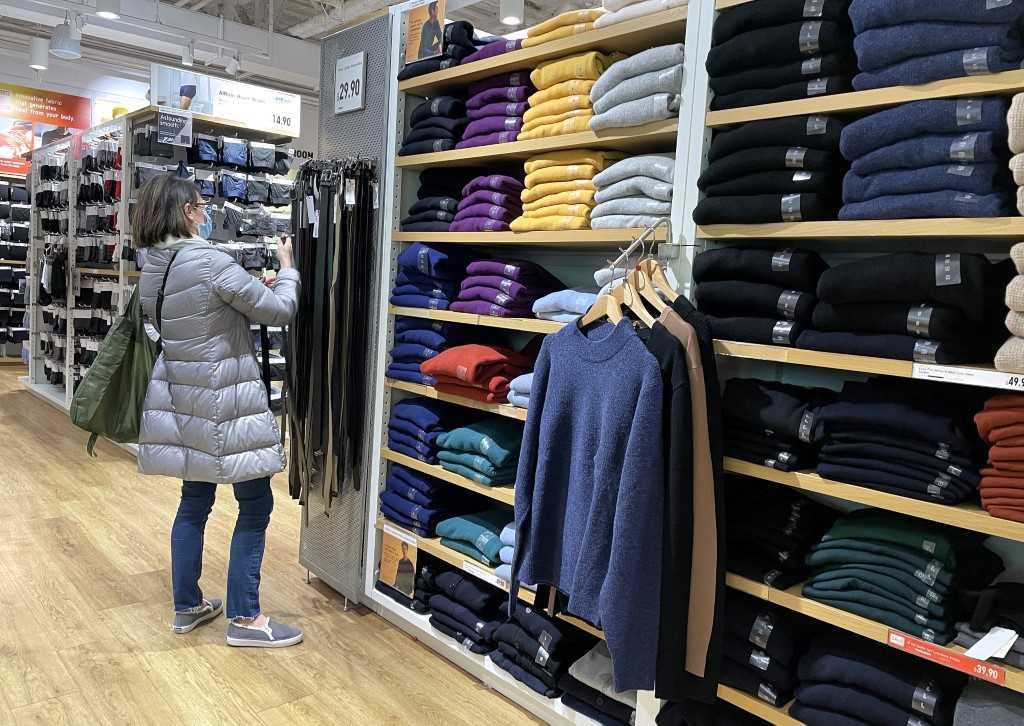US retail sales drop more than expected in December
December's decrease in sales was likely in part the result of goods prices falling during the month.
Just In
US retail sales fell more than expected in December, pulled down by a decline in motor vehicle purchases and a range of other goods, putting consumer spending and the overall economy on a weaker growth path heading into 2023.
The Commerce Department said on Wednesday that retail sales dropped 1.1% last month. Data for November was revised to show sales decreasing 1.0% instead of 0.6% as previously reported. Economists polled by Reuters had forecast sales dropping 0.8%, with estimates ranging from a 1.6% decline to being unchanged.
Retail sales are mostly goods and are not adjusted for inflation. December's decrease in sales was likely in part the result of goods prices falling during the month. Holiday shopping was also pulled forward into October as inflation-weary consumers took advantage of discounts offered by retailers.
Higher borrowing costs as the Federal Reserve battles inflation are also weighing on retail sales as goods tend to be financed on credit. Retail sales were also likely hurt by a cold snap in December as well as lower gasoline prices, which impacted on receipts at service stations.
In addition, spending is shifting back to services.
The Fed last year raised its policy rate by 425 basis points from near zero to a 4.25%-4.50% range, the highest since late 2007. In December, it projected at least an additional 75 basis points of hikes in borrowing costs by the end of 2023.
Excluding automobiles, gasoline, building materials and food services, retail sales fell 0.7% last month. Data for November was unrevised to show these so-called core retail sales sliding 0.2% as previously reported.
Core retail sales correspond most closely with the consumer spending component of gross domestic product. The weakness in core retail sales is likely to be offset by anticipated gains in services spending. Consumer spending continues to be underpinned by labor market tightness, which is keeping wages elevated.
With inflation adjusted consumer spending increasing 0.5% in October and being unchanged in November, economists believe growth in overall consumer spending in the fourth quarter would exceed the 2.3% annualised rate logged in the third quarter.
Gross domestic product estimates for the October-December quarter are as high as a 4.1% rate, also reflecting the sharpest contraction in the trade deficit in November since early 2009. The economy grew at a 3.2% rate in the third quarter.
But the two-straight monthly declines in retail sales put consumer spending and the overall economy on a weaker growth path heading into 2023. Savings are also dwindling.
Most economists expect the economy will slip into recession by the second half of the year, though there is cautious hope that moderating inflation could discourage the Fed from raising interest rates significantly higher. This would result in growth only slowing sharply rather than the economy contracting.
Subscribe to our newsletter
To be updated with all the latest news and analyses daily.
Most Read
No articles found.
